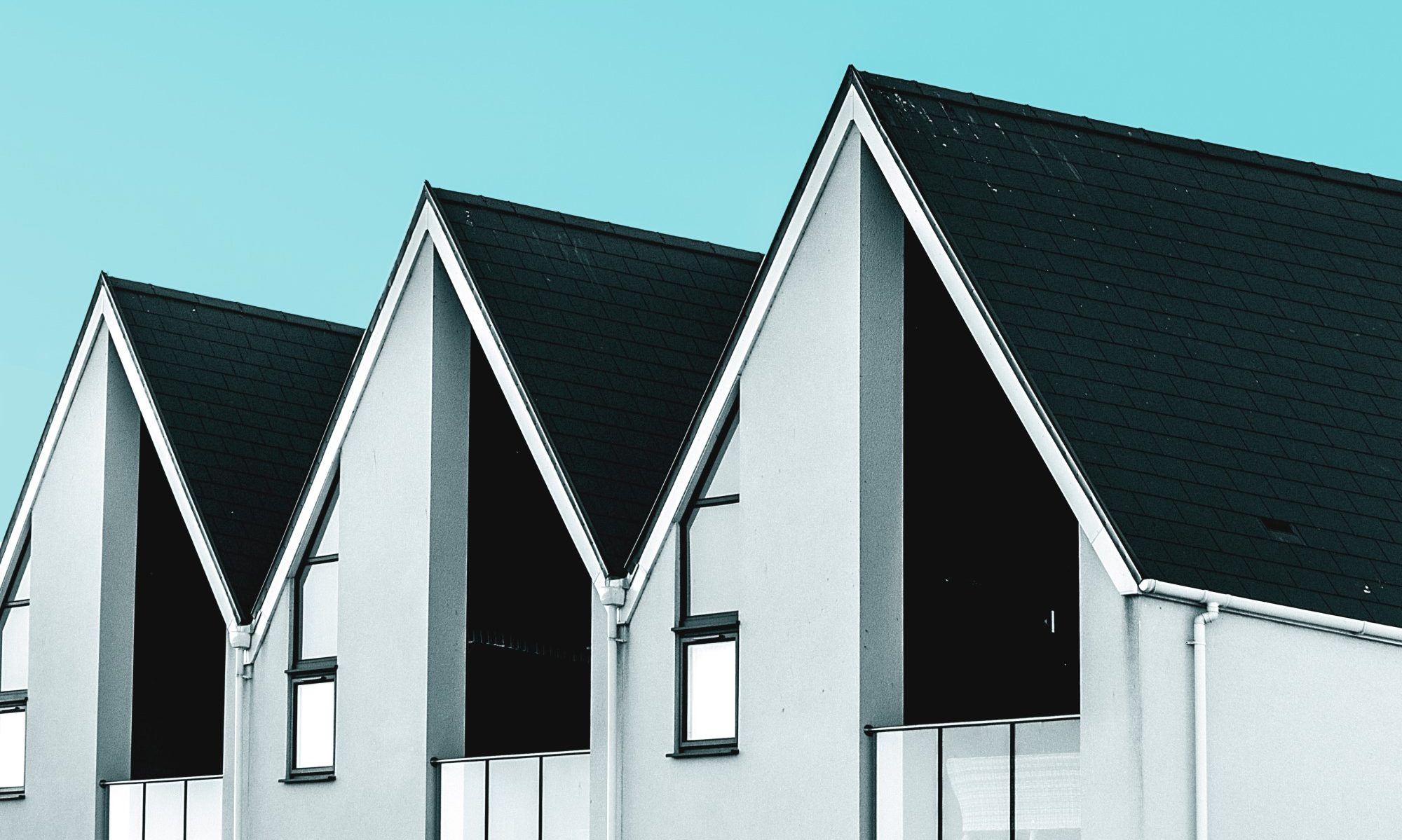Introduction
A roof does more than just cover a house; it shields families from rain, wind, snow, and sun. In this ever-changing climate, the demand for high-quality roofing installation and reliable roofers has never been more critical. This guide explores the pivotal role played by roofing companies in safeguarding homes against weather adversities.
The Significance of Roofing Companies
Roofing companies are the backbone of durable and dependable roofing solutions. Their expertise in the selection of materials, understanding of architectural nuances, and mastery in installation and maintenance makes them invaluable partners in home protection. Entrusting your home's roofing needs to reputable roofing companies ensures a blend of aesthetic appeal and unmatched functionality.
Choosing the Right Roofers
Selecting the right roofers is a decision that holds considerable weight. The best roofers are characterized by their experience, certifications, and commitment to customer satisfaction. They are the artisans behind the installation, repair, and maintenance of roofs, working diligently to fortify homes against the vagaries of weather. A competent roofer not only excels in craftsmanship but also in providing insightful advice on the most suitable roofing materials and methods.
Roofing Installation: The Foundation of Home Protection
Roofing installation is a critical process that lays the foundation for your home's defense against the elements. The precision with which roofing is installed determines its longevity and effectiveness in weather resistance. Professional roofing companies understand the science behind proper roofing installation, ensuring that every shingle, tile, or metal panel is perfectly placed for optimal protection.
The Role of Technology in Roofing
Advancements in technology have significantly transformed the roofing industry. From the use of drones for roof inspections to sophisticated software for designing durable roofing systems, technology empowers roofing companies to provide services that are not only efficient but also incredibly precise. Embracing technology in roofing installation and maintenance guarantees that homes are protected by the most advanced solutions available.
Materials Matter: The Art of Choosing Roofing
The choice of roofing materials plays a crucial role in a home's defense against weather challenges. From traditional asphalt shingles to modern metal roofs, the options are vast. Trusted roofing companies offer invaluable guidance in selecting materials that best suit the climatic conditions, architectural style, and budgetary constraints of homeowners.
Maintenance: The Key to Longevity
The longevity of a roof significantly depends on regular maintenance. Skilled roofers provide comprehensive maintenance services, including inspections, cleaning, and timely repairs. These preventive measures are essential in identifying potential issues before they escalate into major problems, ensuring the roof remains a steadfast protector of the home.
The Importance of Warranties and Insurance
Reliable roofing companies stand behind their work with warranties and are adequately insured. These assurances provide homeowners with peace of mind, knowing that their investment is protected against unforeseen circumstances. When selecting roofers, it is imperative to inquire about warranties on both materials and workmanship, as well as the company's insurance coverage.
Conclusion
"Weather Warriors - Trusted Roofing Companies" underscores the crucial role roofing companies play in ensuring homes are well-equipped to withstand the whims of nature. The selection of adept roofers and the execution of professional roofing installation are foundational steps in fortifying homes against the elements. In an era where weather patterns are increasingly unpredictable, entrusting your roofing needs to reputable professionals is not just a choice—it's a necessity.
As homeowners navigate the challenges of maintaining and upgrading their homes, the insights provided in this guide serve as a beacon, guiding them towards making informed decisions in their roofing endeavors. By partnering with trusted roofing companies, homeowners can rest assured that their sanctuaries are protected by the best defenses modern roofing has to offer. In the battle against the elements, these weather warriors—armed with expertise, technology, and dedication—are the allies every homeowner needs.
